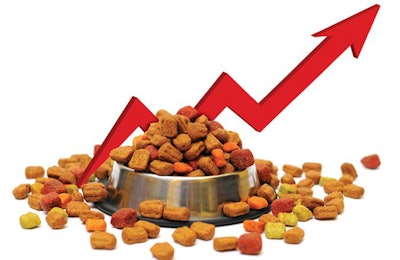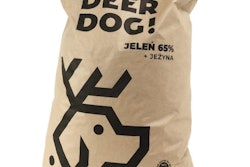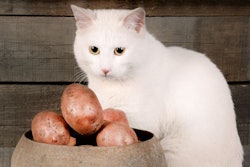
It’s well known that pet food companies have been facing rising costs for many materials and services integral to making and distributing pet food: ingredients, packaging materials, transportation, shipping containers, fuel, labor—you name it.
“The cost to make stuff went up significantly. The costs for energy, the cost for gas went up significantly as well,” said Drew Turner, regional sales manager for Coperion’s food industry markets, during a recent Ask the Pet Food Pro chat. That means other costs just naturally have increased, too. “The cost for labor went up. So yes, that is driving up the cost of ingredients exponentially. I'll call it the perfect storm. It's kind of everything compounding on it.”
Every brand and producer knows how much their costs have increased, but what’s the overall tally for the industry? And how is that affecting pet food inflation at the retail level?
Thanks to government data, we have some answers to those questions, at least for the U.S. market.
Gap between producer costs, retail pet food prices narrowing
The Consumer Price Index (CPI) has become very familiar to anyone tracking the ballooning costs of goods (basically, every consumer). The U.S. government also tracks producers’ costs via the Producer Price Index (PPI), and John Gibbons, aka the Pet Business Professor, has helpfully extracted and compared both CPI and PPI pet food data through May 2022.
Gibbons reviewed pet food PPI and CPI numbers going back to December 2019 (pre-pandemic). The first change he noted was a small increase, 5%, in the PPI for “other” pet food (not dog or cat) in November 2020. That increase has continued, hitting 31.6% in May 2022; however, because this category is such a small part of the overall pet food market, the large rise has had little impact on overall pet food retail prices (CPI).
For the main categories, dog and cat food, the PPI spiked a bit (4.4%) in July 2021, then “essentially stabilized until the end of the year,” Gibbons wrote. The effect on retail prices was minor, just 1.6% in December 2021 compared to two years prior. Then in January/February 2022, dog and cat food PPI increased again, at 9.6%, stabilized again, then rose sharply, by 12.7%, in May.
Meanwhile, the pet food CPI began growing in February 2022, with the increase accelerating in March and ongoing through May. Gibbons provided a comparison between the pet food CPI and dog/cat food PPI: “The retail inflation rate for pet food is now 66% of the PPI increase for dog and cat food. In February 2022, it was 31.6% and only 25.4% back in December 2021. This gap is definitely narrowing as the retail price increases are more closely matching the increase in manufacturing costs,” he wrote.
“Obviously, it takes a while for a rise in the PPI to impact retail prices,” Gibbons added. “Also, as we saw in most of 2020 and in the second half of 2021, stability in the PPI usually generates stability in retail prices.” However, the opposite is also true: Increases in the PPI eventually show up, at least in part, in the CPI, as pet food producers end up needing to pass along their rising costs to pet food retailers and, ultimately, to consumers.
Wet pet food costs rising the most
Gibbons also shared data and analysis on specific pet food sub-categories, including all dog food, dry/semi-moist dog food and wet dog food, plus the same three for cats, through March 2022 (the most recent data available for the sub-categories). The most volatility in the PPI has happened in both wet sub-categories, which jibes with anecdotal information I have read and heard. This especially impacts wet cat food, which comprises a greater share of the overall cat food market.
“While canned dog food led the way in the PPI lift and ended up with the biggest increase, 13.3%, canned cat food finished a close second at +12.7%,” Gibbons explained. “However, when you look at how these individual PPIs compare to the overall PPI for dog or cat, it is readily apparent that canned cat food has a much larger share of total cat food than canned dog food has of total dog food.”
No relief on the near horizon
What can we expect going forward? With many pet food industry experts and observers expecting supply chain disruptions and cost increases to continue into 2023, it is highly probable those will continue to affect retail pet food prices.
“The retail CPI is spiking. It’s likely that rising manufacturing prices will cause retail pet food inflation to continue to grow,” Gibbons said. “We need the PPIs to flatten for the CPI to stop increasing. Ultimately, we hope that any supply chain issues will be fixed, returning pet food retail and manufacturing to a more price-competitive market.”

















